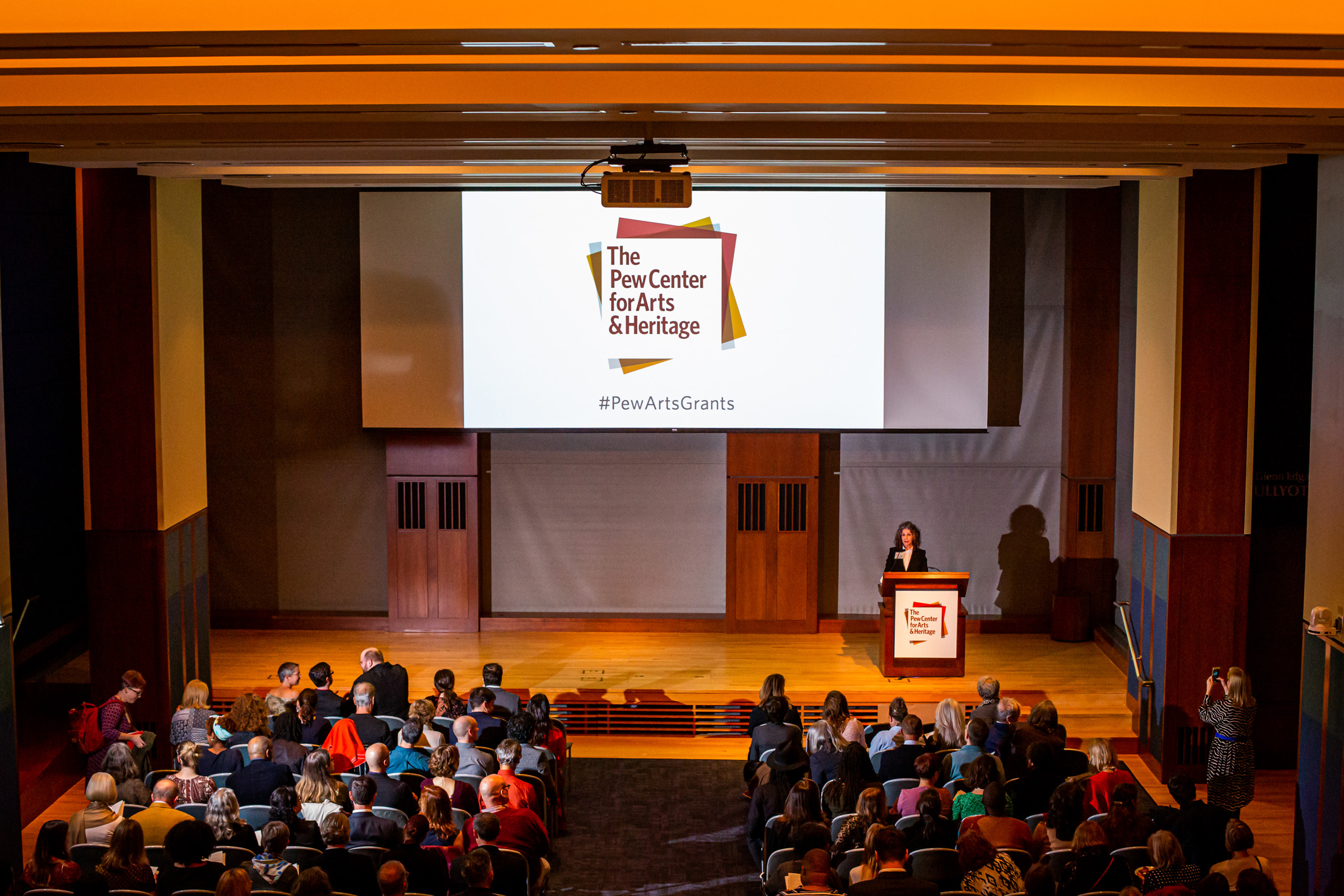
“When I was a young curator, I remember trying to get a New York critic to come see a show in Philadelphia and they said they couldn’t because the show was too ‘GU’: ‘Geographically Undesirable,’” Paula Marincola recounts over the phone of her first years in the city. “I was completely crestfallen and taken aback but it’s been a long time since anyone has felt that way about the city. It’s just an amazing town for culture. What makes us distinctive is a contemporary vibrancy within a rich historical context.” In her 11-year tenure as the executive director of the Pew Center for Arts & Heritage, one of the area’s largest grantmakers, Marincola occupies a pertinent vantage point from which to observe the city’s recent cultural renaissance. When I ask her the secret ingredient for sustained growth she laughs, answering: “Commitment over a long period of time. Growth is nurtured by a commitment of both resources and time.” She follows this statement by praising the longstanding donors who have echoed her affection with loyalty. Her long tenure at the helm is a testament to her vision, which has guided Pew into the heart of Philadelphia’s exploding creative community.
Though she originally wished to be a baroque or renaissance scholar, Marincola found her way into contemporary art via a job at a New York gallery. “The experience of working with living artists completely changed my feelings,” she says. “This has been the armature that has structured my career since then. Collaborating with a wide array of individuals as a curator gave me an intimate understanding of how artists and institutions operate and how to keep them at the center of this ever-changing work.” So how does one keep artists and people at the center? “I always said I have the best gig in Philadelphia,” she continues. “Many arts foundations tend to work reactively, answering the constantly evolving needs of their artists. Pew’s approach is far more engaged in the development of those conversations rather than feeding their ends.”
This begins with a rigorous application process, which demands its applicants consider their audience on a level beyond just spectator. An emphasis is placed on those projects with longterm impact. One recent example, “Symphony for a Broken Orchestra,” showcases the ripple effect Pew is looking to make. Initiated by Temple Contemporary art space, this performance involved commissioning Pulitzer Prize-winning composer David Lang to write a once-in-a-lifetime composition for 400 Philadelphia musicians utilizing a trove of broken instruments provided by the local school district. After the performance, the fixable instruments were repaired using the funds generated by the show and returned to the schools for future generations to learn. Touching multiple individuals and institutions including the School District of Philadelphia, the Philadelphia Orchestra, The Boyer College of Music and Dance and the Curtis Institute of Music, “Symphony for a Broken Orchestra” helped create new links between existing structures. “A thriving cultural ecology is both broad and diverse,” Marincola says. “In our funding we look for projects that are ambitious and imaginative. They need to take a rigorous approach and bring the participating organizations beyond their normal means. The work needs to be substantive and meaningful for the people who are experiencing it and making it.”
Last week, Pew announced their 2019 grants for both individuals and institutions and initiated the next class of dreams, including a musical collaboration between the Curtis Institute and Drexel University’s Westphal College as well as a new documentary film on the history of North Philadelphia’s black community written and directed by Scribe Video Center’s Louis Massiah. Like Marincola, these grantees won’t be looking over their shoulder at the wider world but rather focusing on the reality in their hands.



